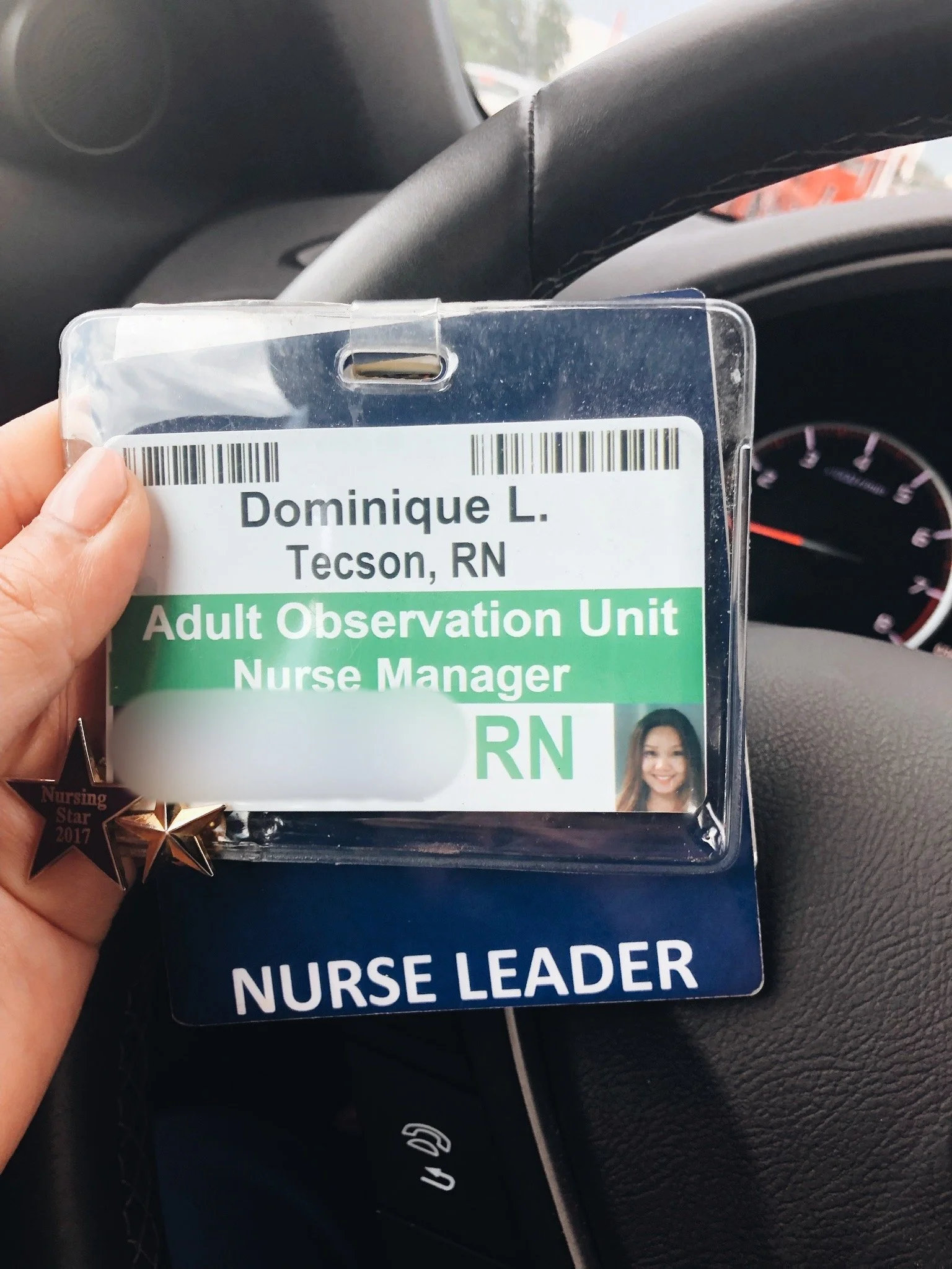Understanding the Power and Potential of Virtual Nursing
Virtual nursing is a rapidly growing field that combines the power of technology with the traditional skills and knowledge of healthcare professionals. It refers to providing healthcare services via telecommunication technologies, such as video conferencing, telephone calls, and text messages. This form of health care delivery can be used for primary care purposes or to supplement in-person hospital visits. The need for virtual nursing has arisen due to an increasing demand from patients for greater convenience and access to health care services. There are many benefits associated with virtual nursing including improved patient satisfaction, increased efficiency in service delivery, reduced costs, better communication between providers and patients, more accurate diagnoses and treatments through modern technology tools such as artificial intelligence (AI), robotics and telehealth solutions. Additionally, hospitals benefit from virtual nursing by being able to provide quality healthcare while reducing their overhead expenses related to staffing needs.
Causes of Nursing Burnout
Unmanageable workloads can be a major contributor to burnout in nursing. Nurses are often tasked with increasing patient loads, long shifts and high-stakes tasks that require intense concentration. This can lead to extreme levels of stress, which overtime can cause feelings of exhaustion and frustration. Additionally, nurses may not have access to sufficient resources or support staff that could help alleviate some of the burden on their responsibilities.
The lack of job fulfillment is another factor in nurse burnout. With increased demand for services due to population growth as well as an aging population, nurses may find themselves performing routine tasks rather than engaging in more meaningful activities that would bring greater satisfaction from their work. The need for professional development opportunities is also important for keeping nurses engaged and motivated so they don’t become disillusioned with their chosen profession over time.
Finally, compassion fatigue among nurses is an increasingly common issue due to the emotional intensity associated with caring for patients who are suffering from physical or mental illness or injury. Compassion fatigue occurs when caregivers experience secondary traumatic stress or vicarious traumatization by virtue of providing care; this type of stress can be exacerbated by a lack of support systems available within health care organizations as well as limited recognition for the hard work and dedication involved in being a nurse practitioner or specialist.
Advantages of Virtual Nursing
Virtual nursing offers numerous advantages in terms of cost savings and improved patient care. By utilizing modern technologies such as telemedicine, robotic systems, and artificial intelligence (AI), healthcare providers can streamline operations while delivering high-quality services to their patients. Virtual nursing reduces costs associated with providing care by eliminating the need for costly physical facilities or travel expenses. It also enables greater efficiency in service delivery since nurses can access patient data remotely from any location at a fraction of the time required for traditional methods.
In addition to reduced costs and increased efficiency, virtual nursing has been shown to improve overall patient satisfaction due to its convenience features such as scheduling appointments online, receiving reminders about upcoming visits via text message or email notifications, and having access to medical records anytime through secure portals. Furthermore, virtual technology provides better communication between providers and patients which can lead to more accurate diagnoses and treatments. Finally, hospitals benefit from virtual nursing by being able to provide quality healthcare while reducing their overhead expenses related to staffing needs.
Conclusion
Conclusion
Virtual nursing is a rapidly growing field that has the potential to revolutionize healthcare delivery on a global scale. It offers many benefits including cost savings, improved patient satisfaction, increased efficiency in service delivery, better communication between providers and patients, more accurate diagnoses and treatments through modern technology tools such as artificial intelligence (AI), robotics and telehealth solutions. Virtual nursing can also be used to prevent nurse burnout by providing nurses with professional development opportunities and reducing their workloads while still ensuring quality of care for their patients. The future of virtual nursing looks bright as advancements in technology will continue to make it easier for physicians and other healthcare professionals to provide remote services efficiently without sacrificing patient care or safety.
Integrating Technology in Nursing Practice
The integration of technology into nursing practice is an area that has seen tremendous growth in recent years. Artificial Intelligence (AI) has become a powerful tool for nurses to use, as it allows them to quickly analyze large amounts of data and make informed decisions based on the results. AI can be used to detect patterns in patient health data which could help diagnose diseases earlier and reduce medical errors. Additionally, AI-powered algorithms can help predict potential complications or adverse reactions from medications, enabling healthcare providers to take preventive action before any serious harm occurs. Furthermore, AI can support more accurate treatment plans by helping identify correlations between different variables such as lab test results or lifestyle factors which could influence overall patient health outcomes.
Telehealth nursing refers to providing healthcare services remotely via telecommunication technologies such as video conferencing, telephone calls and text messages. This form of care delivery enables patients to access quality medical advice without having to leave their homes or wait long periods for appointments with providers who may be located far away geographically. Telehealth also offers advantages over traditional clinical visits since it eliminates the need for travel expenses and physical facilities while still allowing patients access to timely expert advice when needed most. Moreover, virtual consultations provide greater convenience for both patients and clinicians since time wasted during one-on-one meetings is reduced significantly due improved communication systems through digital platforms like email or web applications like Skype or Zoom
Robotic nursing assistants are another type of technology making its way into the field of nursing care delivery today. These robots are designed with advanced sensors that allow them perform basic tasks such as collecting vital signs information from multiple locations on a patient's body all at once instead of manually taking each measurement individually—a process which would usually require several minutes if done manually by a nurse practitioner alone.. Robotics assistants have been found especially useful in settings where there is limited human resources available but demand for quality care remains high; this includes homecare scenarios where elderly individuals living alone often rely heavily on robotic assistance devices so they can.





